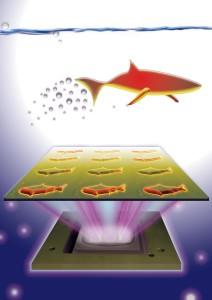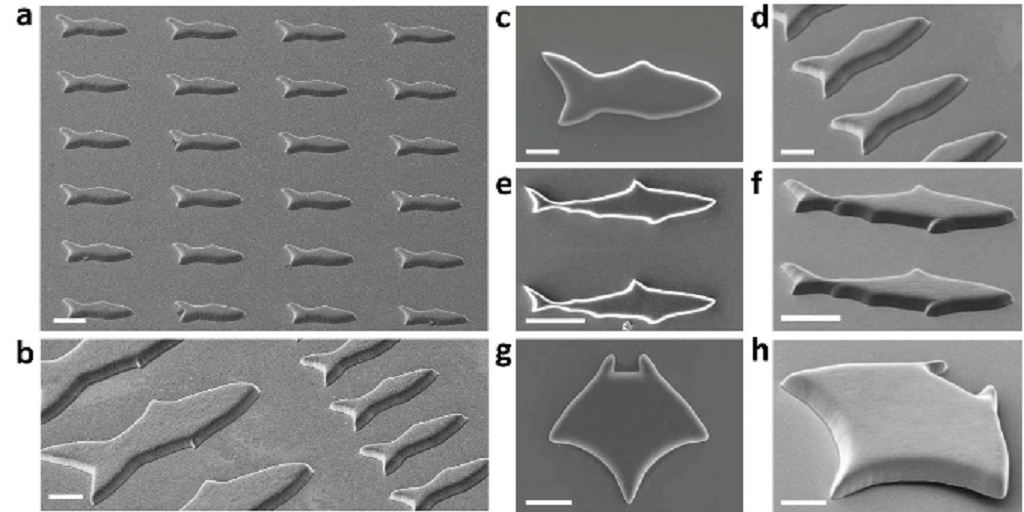
“Imagine a sponge that is able to contract and expand based on an electric charge rather than hydration,” says Porfiri. “There are no moving parts, which make this concept very quiet. Also, the process can be reversed. Using eddy currents and vortices, any motion in a liquid could potentially charge sensors or be used in piezoelectronics.”
The technology can also allow for fish or other marine animals to be tagged with a sensor whose power is generated by the motion of the animal itself. This will enable scientists to more closely and efficiently study how the fish moves through the water, as well as the properties of the water.
“Imagine if a boat’s haul could flex,” Porfiri adds. “By tracking the pressures and energy in the water rather than on a rigid haul, we can determine what kind of energies could be generated by using this technology to transfer liquid movement to power the boat’s electronics. A flexible haul could also minimize the eddy currents and pressures, resulting in more efficient boat travel.”
Porfiri is not the only researcher currently working with fish, live or robotic, to study movement. A team of researchers at the University of California San Diego have developed robotic, 3D printed “swimming machines” that are designed in the shape of fish. Unlike Porfiri’s robotic fish, these ones are microscopic. The team, led by professors Shaochen Chen and Joseph Wang, 3D printed the fish, which are 120 microns long, 30 microns thick, and about as wide as a human hair, using a process called microscale continuous optical printing, which they developed in Chen’s lab and which we covered in detail earlier this year.
The research team has continued to work with these microfish to develop some astounding applications that could potentially solve major crises in the environment and in human health. Recently, the fish were successfully used as toxin sensors. The researchers incorporated polydiacetylene (PDA), a toxin-neutralizing nanoparticle, into the body of the fish, which were then put into a chemical solution. As the toxins in the solution bonded with the PDA, the fish lit up a fluorescent red. This is an exciting development, as the fish could potentially be used in the future to clean toxins from water, blood or other liquids. And that’s only one of their possible future applications.
“Another exciting possibility we could explore is to encapsulate medicines inside the microfish and use them for directed drug delivery,” says Jinxing Li, another co-author of the initial study.
The team also plans to use the technology to print other micro-creatures, such as sharks and rays. They also hope to experiment with microscopic birds in the future. You can see the fish swim below:
